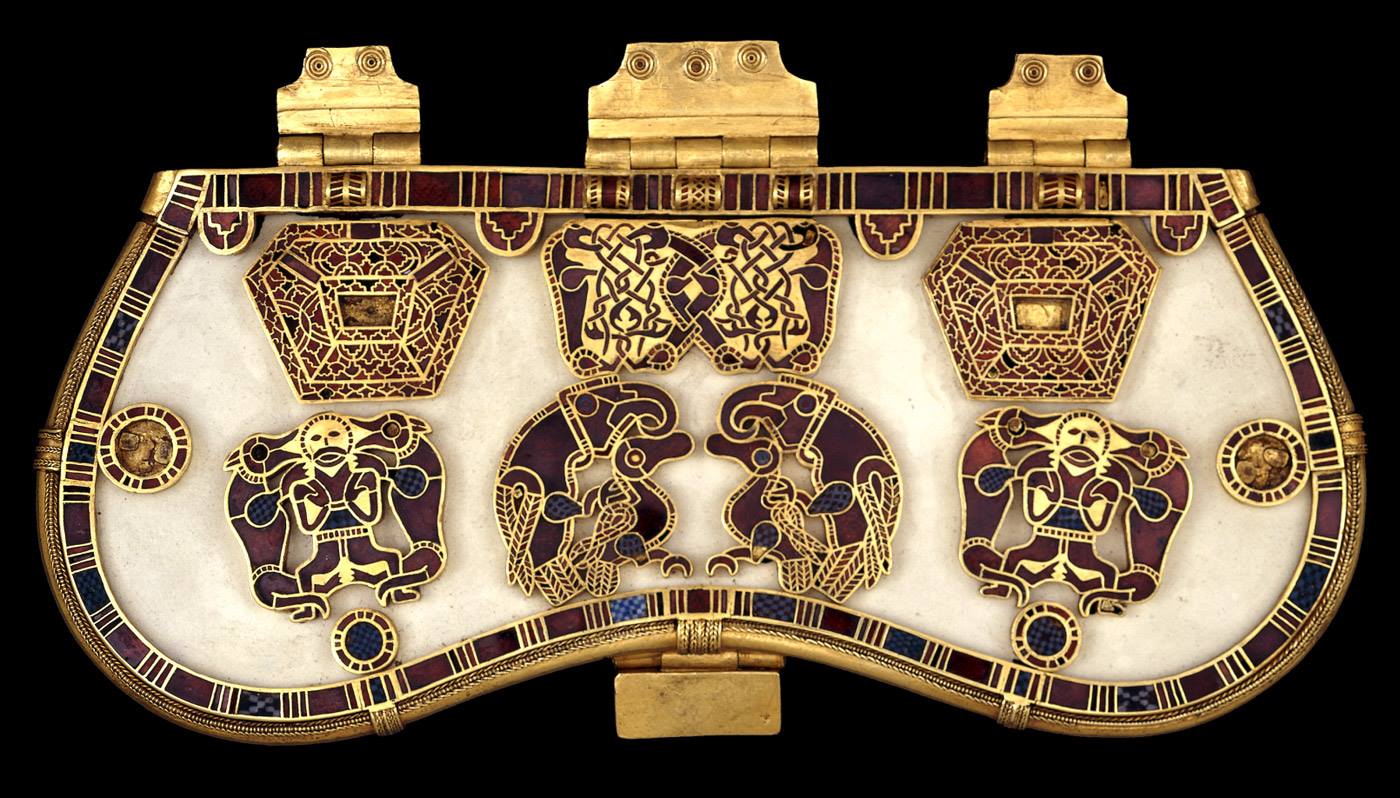That’s incredibly neat! Whoever made the replica, I feel like they absolutely nailed it, I wonder where the best, most accurate, descriptions of armor from that era comes from? Maybe there are some really well preserced pieces?
Armor from the era is comparatively rare, but we have a lot of carved depictions that let us reconstruct equipment with reasonable accuracy!

In Latin, the name lorica segmentata translates to “segmented cuirass.” However, this name was not given to the armor by the Romans. Instead, it was given by scholars in the 16th century. Despite the lack of knowledge on the Roman name for the armor, scholars can make educated guesses on the Roman name. It is obvious the name had the word lorica in its name. However, the following part of the name is unknown. Some scholars believe that the name was lorica lamminata. This theory is based on the Romans referring to sheets of metal as lamina, although no firm evidence for any theory regarding the name of the armor currently exists.
Very cool. I hope we find a piece of text and it’s something no one thought of.
Curious which things are lost and which are preserved by the capricious whims of fate. Countless bas-relief depictions of lorica segmentata, and yet not a single source for its name!
For ancient armor, that looks surprisingly effective. It allows for more mobility than more recent plate mail. The neck has a little ridge that would presumably deflect shattered arrowheads. However, I can see that a blade that came from below could slip upwards between the plates. If I remember right, they usually fought with spears, which would dictate that they had less of a worry about close attackers
Roman legionaries would wear subarmalis, thick padding, under their armor, both for comfort and added protection. While Segmentata like this example were strongly associated, then as now, with the common infantryman of the Legions, in practice the Legions used scale (squamata) and chainmail (hamata) as well, depending on needs, preferences, and supply.
If I remember right, they usually fought with spears, which would dictate that they had less of a worry about close attackers
Funny enough, the Roman Legions of the Mid-Late Republic and first ~300 years of the Empire were one of the few pre-modern polities to eschew the spear as their primary weapon! They had an unusually short sword, in fact, mandating that they close quickly and aggressively with the enemy to have any chance of surviving. However, the small size of the sword made it easier to handle their massive shields!



